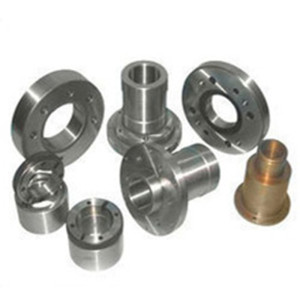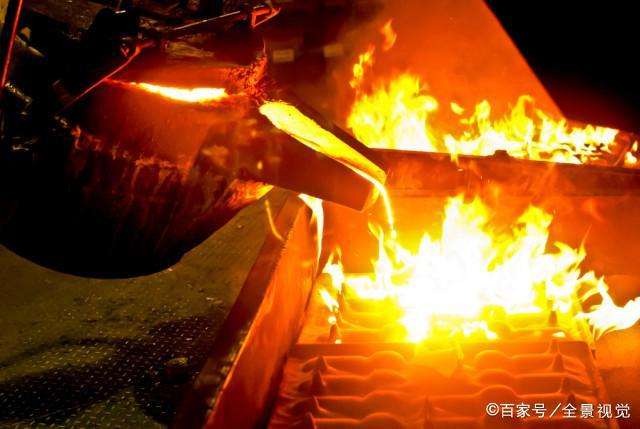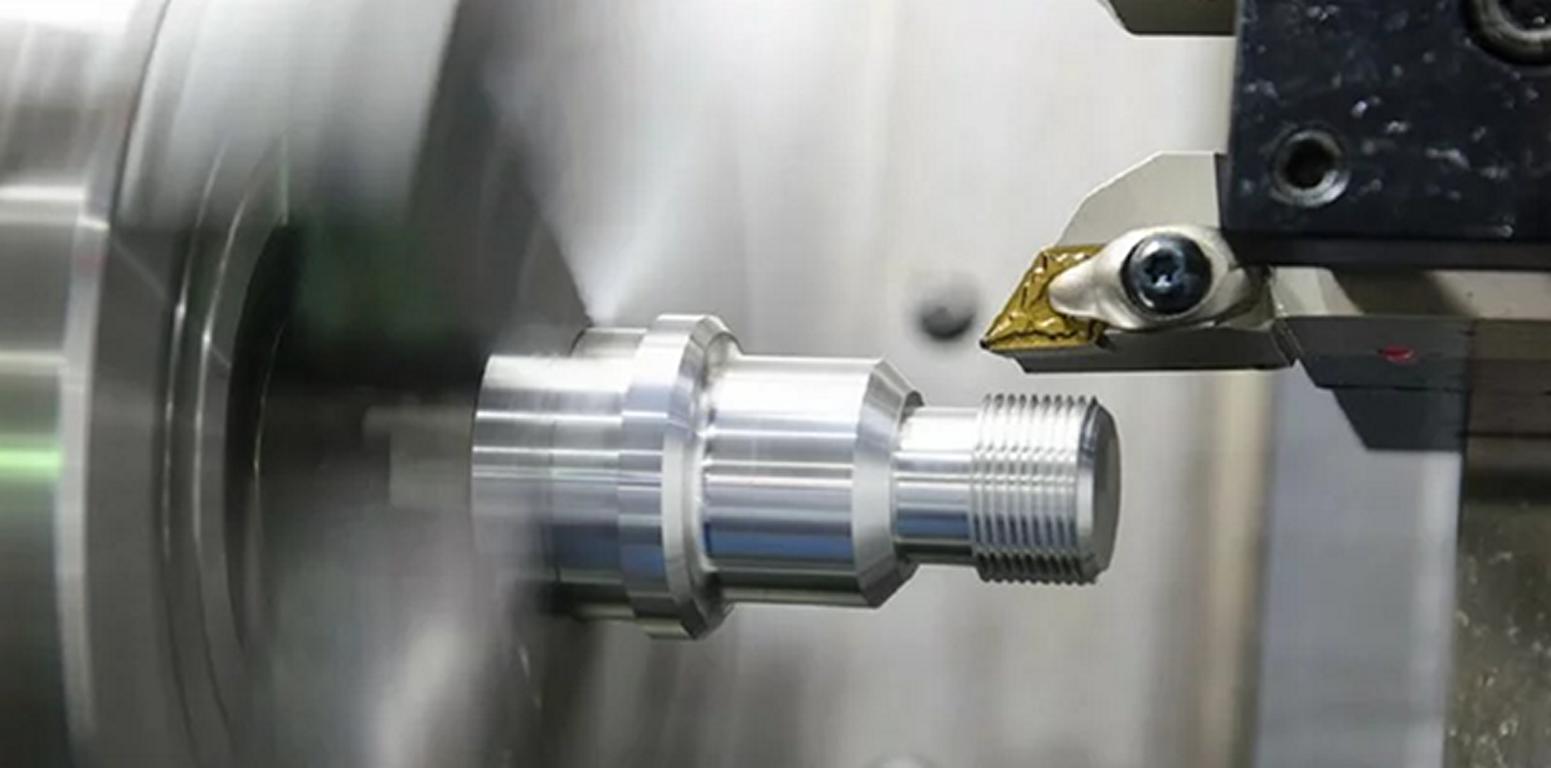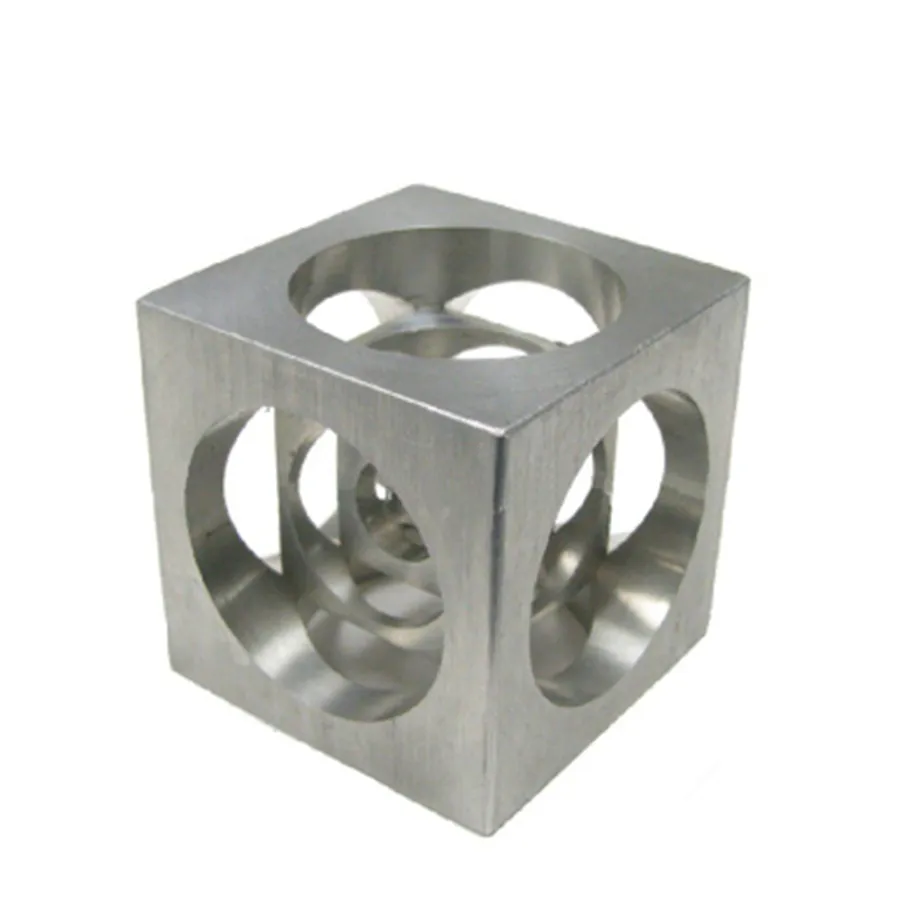In this section, we will take you through the complete CNC machining process from drawings to products.
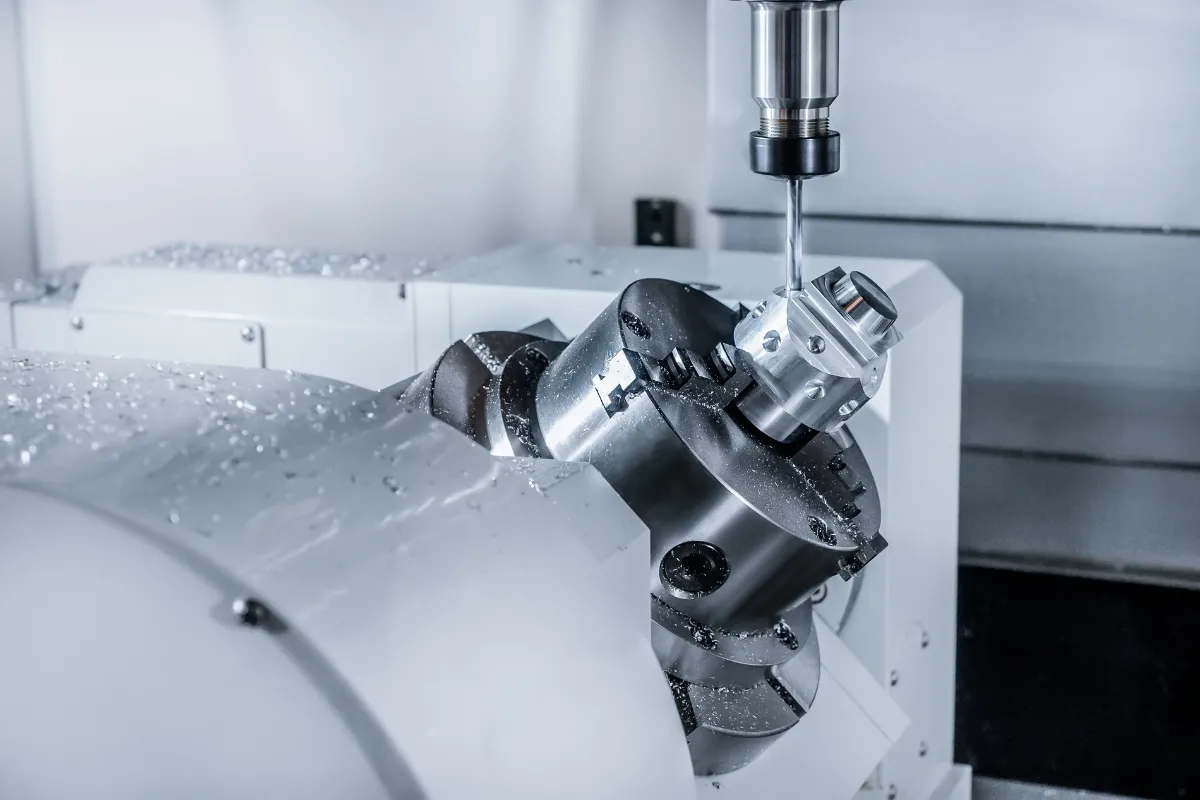
Design
The first step of CNC machining products is to use CAD (Computer Aided Design) software (SolidWorks, AutoCAD, CATIA, etc.) to design the 3D model of the part, define the shape and size. When designing, you need to consider the type of tool you have and the machining capacity of the machine, to ensure the feasibility of machining.
Generate G Code
The next step is to import the CAD model into CAM (Computer-Aided Manufacturing) software (Mastercam, Fusion 360 CAM, PowerMill, etc.), and set the size, material, and parameters of the machine used in the CAM software according to the actual production situation, such as travel, control system, number of axes, tool library information, etc. Based on this information, it automatically calculates and optimizes the tool path and generates the full set of instructions needed to control the machining of the machine. Before the actual production, the simulation function of CAM software can be used to simulate the machining process and prevent risks such as tool collisions.
Setup the Machine
Then comes the preparation stage before the actual machining, which requires the installation of the tool, fixture and blank. Here you need to make sure the blank is exactly the same size as the CAM software, and is clamped correctly. Then use tools such as tool setters to calibrate the coordinates of each processing axis to further prevent machining risks.
The G Code generated by the CAM software is then loaded, and the path is verified to be safe by running dry or in sections.
When everything is ready, you can start the machine and start the formal processing, at this time you need to monitor the processing status in real time.
Inspection
After machining, a coordinate measuring machine (CMM) is usually used to check the critical dimensional tolerances of the product, if it is not qualified, it is necessary to return to the CAM stage to adjust the cutting parameters, and reprocess the inspection. After ensuring that the processed parts are qualified, mass production can officially begin.

